Chermoula: The North African Spice Blend That Will Change Your Cooking Game
Alt text: Jar of homemade chermoula in a rustic kitchen setting
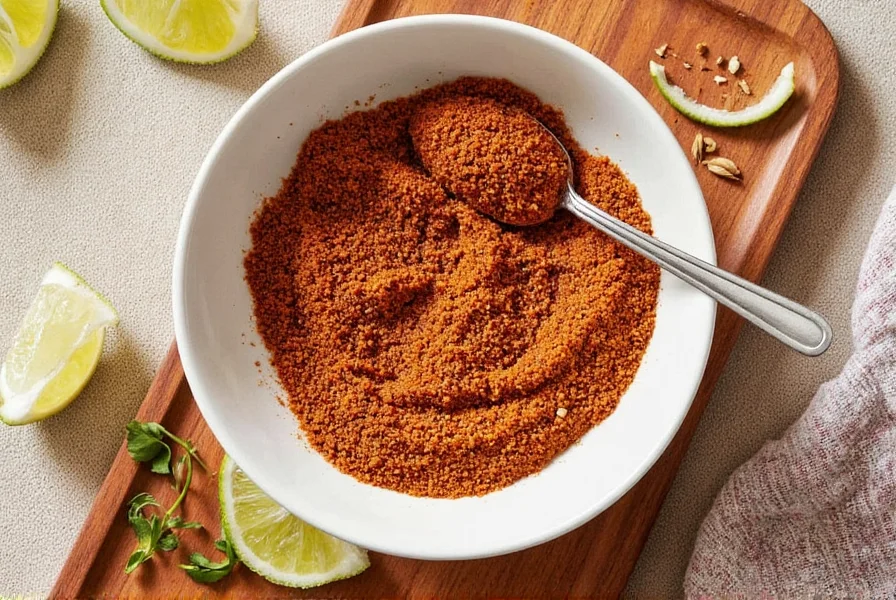
Table of Contents
- What Is Chermoula?
- A Taste of Tradition: The Origins of Chermoula
- Breaking Down the Flavor Bomb: What Goes Into Chermoula?
- Creative Ways to Use Chermoula in Your Kitchen
- Buying Guide: How to Choose the Best Chermoula or Ingredients
- DIY Time: Make Your Own Chermoula at Home
- Chermoula vs. Other Spice Blends: What Sets It Apart?
- Final Thoughts: Why You Need Chermoula in Your Pantry
What Is Chermoula?
Alt text: Chermoula marinade brushed onto fish fillets before grilling
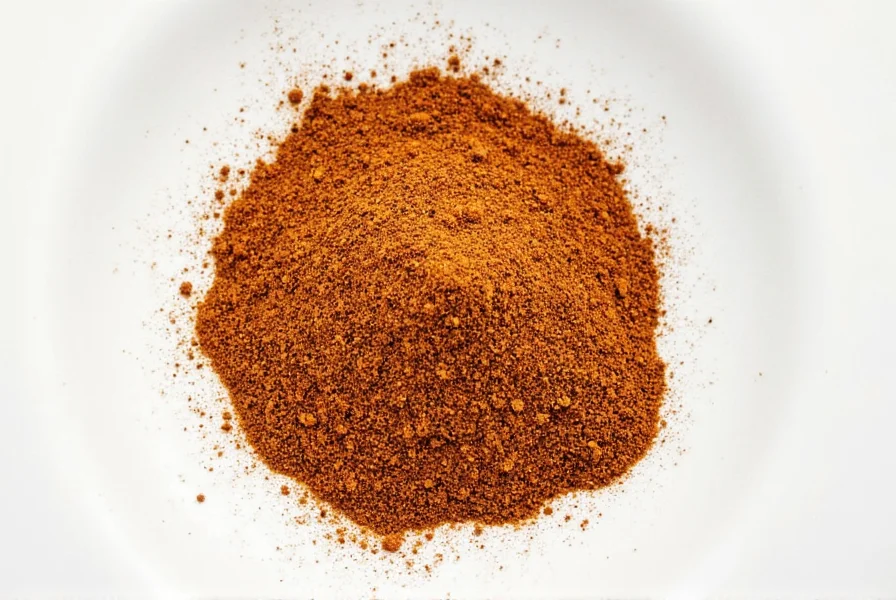 Chermoula (also spelled charmoula, chermouleh, or chermula) is a vibrant, aromatic spice blend and marinade that’s central to North African cuisine, especially in Morocco, Algeria, Tunisia, and Libya. Think of it as the secret sauce that transforms everyday ingredients into something deeply flavorful and unmistakably exotic.
Chermoula (also spelled charmoula, chermouleh, or chermula) is a vibrant, aromatic spice blend and marinade that’s central to North African cuisine, especially in Morocco, Algeria, Tunisia, and Libya. Think of it as the secret sauce that transforms everyday ingredients into something deeply flavorful and unmistakably exotic.
It's not just about spices—it’s an entire flavor experience wrapped up in one jar. Traditionally used for marinating seafood, meats, and vegetables, chermoula brings a punchy mix of earthy, tangy, garlicky, and herbaceous notes to any dish you throw it at.
If you’ve never tried chermoula before, consider this your culinary passport to the Mediterranean coast. Let’s dive in!
A Taste of Tradition: The Origins of Chermoula
Alt text: Moroccan market with colorful spices and herbs on display
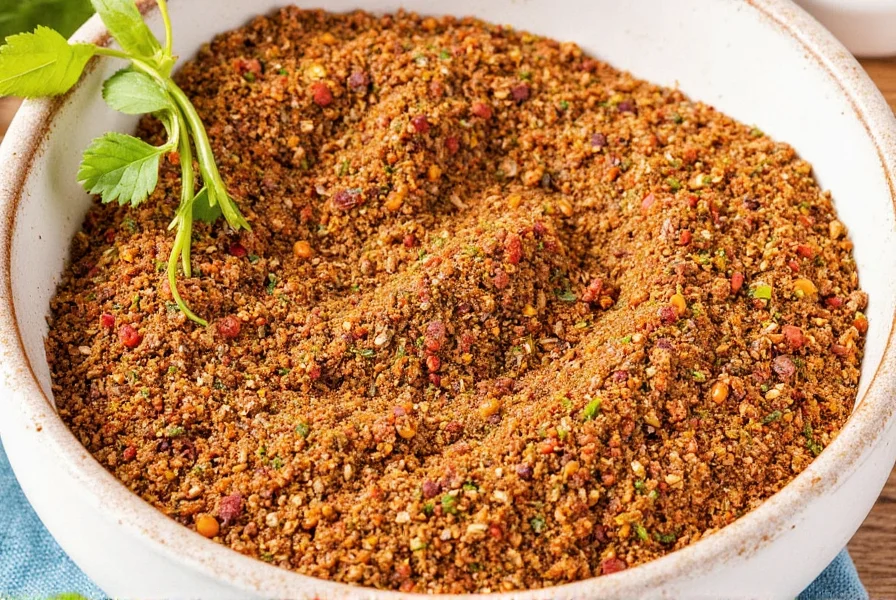 Like many traditional spice blends, chermoula has deep cultural roots. Its origins lie in Berber and Arab culinary traditions across North Africa. For centuries, families have passed down their unique variations of this marinade, often tweaking the balance of spices and herbs to suit local tastes or seasonal availability.
Like many traditional spice blends, chermoula has deep cultural roots. Its origins lie in Berber and Arab culinary traditions across North Africa. For centuries, families have passed down their unique variations of this marinade, often tweaking the balance of spices and herbs to suit local tastes or seasonal availability.
In coastal regions like Morocco and Algeria, chermoula is frequently slathered onto white fish before grilling or baking—often alongside preserved lemons and olives. In the inland areas, it becomes a bold rub for lamb skewers or roasted eggplant.
Chermoula isn’t just food—it’s heritage served on a plate.
Breaking Down the Flavor Bomb: What Goes Into Chermoula?
Alt text: Fresh herbs and spices laid out on a wooden table
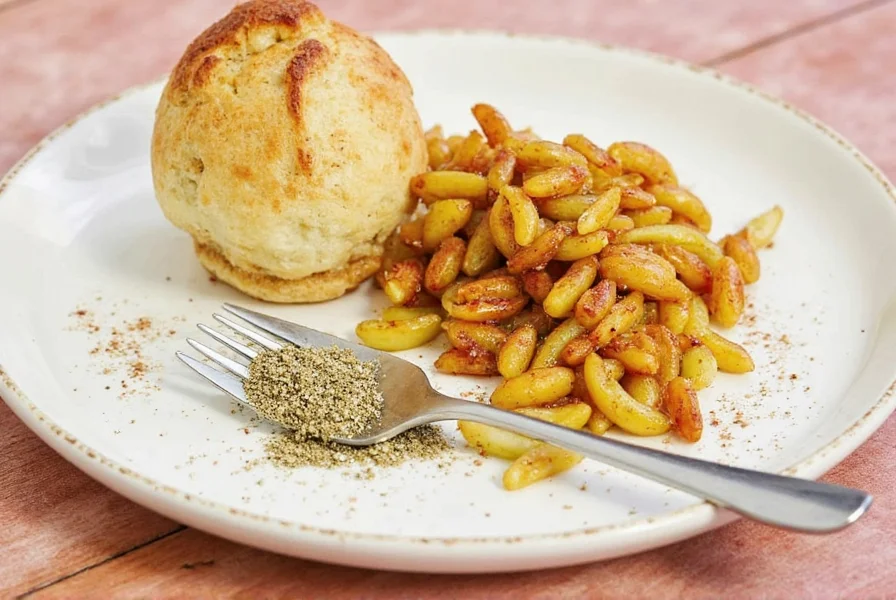 So what exactly makes chermoula so special? Let’s break down its core components:
So what exactly makes chermoula so special? Let’s break down its core components:
- Coriander seeds or ground coriander: Earthy and citrusy, it’s the backbone of most chermoula blends.
- Cumin: Adds warmth and depth, grounding the more vibrant flavors.
- Paprika: Brings color and mild sweetness; sometimes smoked paprika is used for a richer profile.
- Garlic: No skimping here—chermoula lives and dies by garlic.
- Fresh herbs: Usually cilantro and parsley, giving the blend its unmistakable freshness.
- Lemon juice or zest: Brightens the whole mix and adds tanginess.
- Olive oil: Binds everything together and gives it that luscious texture.
- Salt & pepper: Essential for seasoning and enhancing flavor.
Optional additions might include saffron threads, chili flakes, turmeric, or even orange zest depending on regional variations and personal preferences.
The Magic Ratio: A Simple Chermoula Formula
| Ingredient | Quantity |
|---|---|
| Coriander seeds (toasted & ground) | 2 tbsp |
| Cumin | 1 tbsp |
| Smoked paprika | 1 tsp |
| Fresh garlic (minced) | 6 cloves |
| Fresh cilantro (leaves only) | 1 cup |
| Fresh parsley (leaves only) | ½ cup |
| Lemon juice | 2 tbsp |
| Olive oil | ¼ cup |
| Salt | To taste |
| Black pepper | To taste |
Creative Ways to Use Chermoula in Your Kitchen
Alt text: Grilled salmon glazed with chermoula
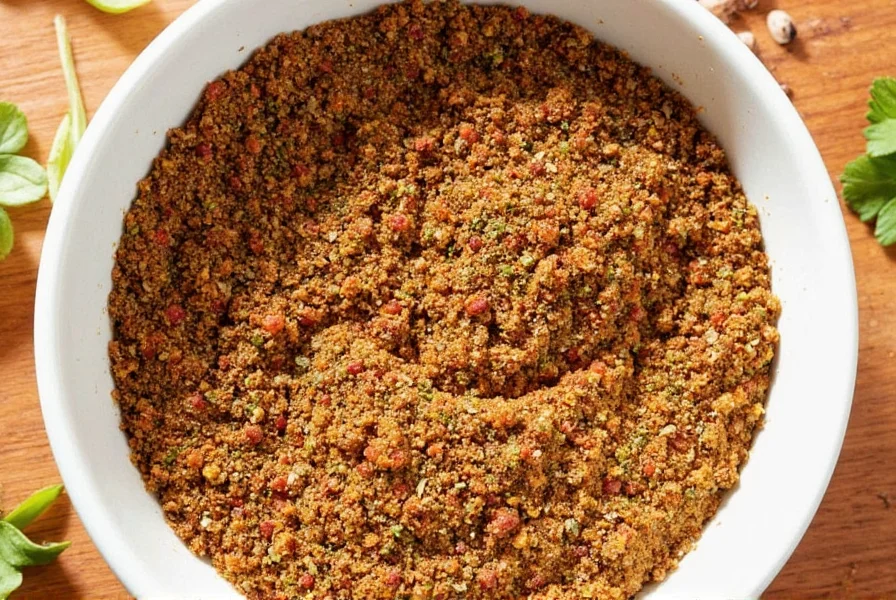 Chermoula is incredibly versatile. Here are some of our favorite ways to use it:
Chermoula is incredibly versatile. Here are some of our favorite ways to use it:
- MARINADE FOR FISH: Brush onto salmon, cod, or halibut before roasting or grilling. Classic combo: fish + couscous + roasted veggies.
- MEAT RUB: Works beautifully on chicken thighs, lamb chops, or kebabs. Let sit for at least 30 minutes before cooking.
- VEGETABLE BOOST: Toss eggplant, zucchini, or bell peppers in chermoula before roasting or grilling.
- DIPPING SAUCE: Thin it out with a bit more olive oil or yogurt and serve with warm flatbread or pita chips.
- FLAVOR BOOSTER IN GRAINS: Stir a spoonful into cooked quinoa, bulgur, or farro for extra oomph.
Buying Guide: How to Choose the Best Chermoula or Ingredients
Alt text: Shelf with different jars of chermoula and spice mixes
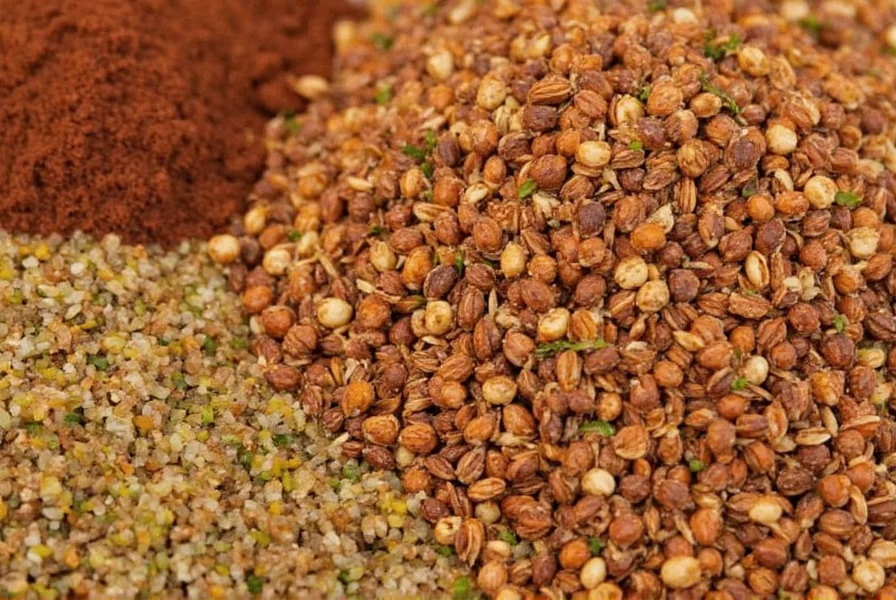 While making your own chermoula is always ideal, there are times when convenience wins. Whether you’re buying pre-made chermoula or sourcing the individual spices, here’s how to choose wisely:
While making your own chermoula is always ideal, there are times when convenience wins. Whether you’re buying pre-made chermoula or sourcing the individual spices, here’s how to choose wisely:
Pre-Made Chermoula: What to Look For
| Brand | Key Features | Best For | Price Range |
|---|---|---|---|
| Harvest Song Chermoula Paste | All-natural, no preservatives, fresh herb-forward | Weeknight dinners | $7–$9 |
| Zahter Chermoula Mix | Dry spice blend; easy to customize | Home cooks who want flexibility | $5–$7 |
| Beldi Organics Moroccan Chermoula | Organic, fair-trade certified | Eco-conscious buyers | $10–$12 |
Buying Individual Ingredients
- Spices: Go for whole spices if possible—they retain flavor longer. Toast them yourself for a deeper aroma.
- Herbs: Fresh is best! Cilantro and parsley should be bright green, crisp, and fragrant.
- Oil: Use a high-quality extra virgin olive oil for richness and health benefits.
- Lemon: Freshly squeezed lemon juice will always beat bottled—trust us.
DIY Time: Make Your Own Chermoula at Home
Alt text: Blender with chermoula paste blending inside
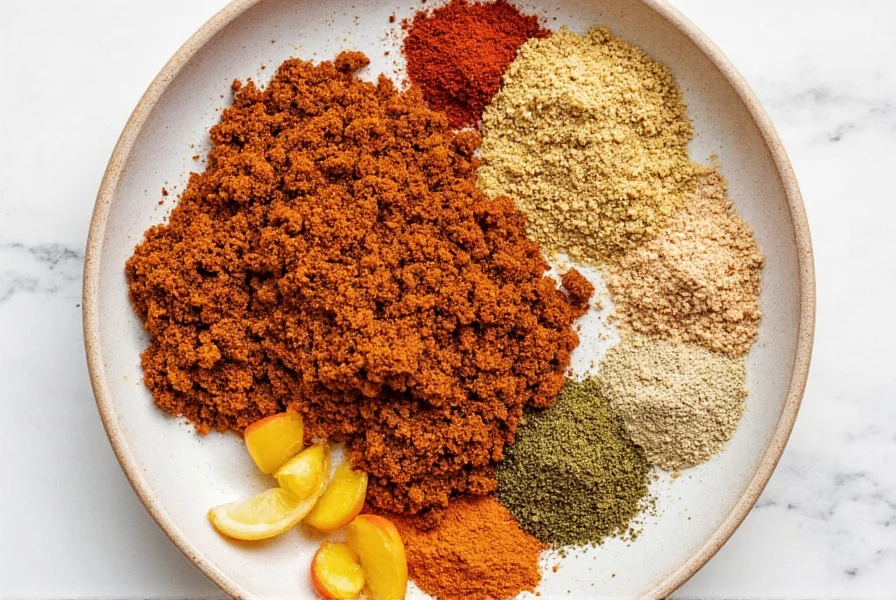 Making chermoula from scratch takes less than 10 minutes and elevates your dishes like nothing else. Here’s how:
Making chermoula from scratch takes less than 10 minutes and elevates your dishes like nothing else. Here’s how:
- Toasting the Spices: In a dry skillet over medium heat, toast coriander seeds, cumin, and paprika until fragrant (about 2–3 minutes).
- Grinding: Crush or grind the toasted spices into a fine powder using a mortar and pestle or spice grinder.
- Blending: Combine the ground spices with garlic, herbs, lemon juice, salt, pepper, and olive oil in a blender or food processor. Blend until smooth.
- Storing: Transfer to a glass jar and refrigerate for up to a week. Freeze in ice cube trays for longer storage.
Chermoula vs. Other Spice Blends: What Sets It Apart?
Alt text: Side-by-side comparison of spice jars including chermoula, chimichurri, za’atar, and harissa
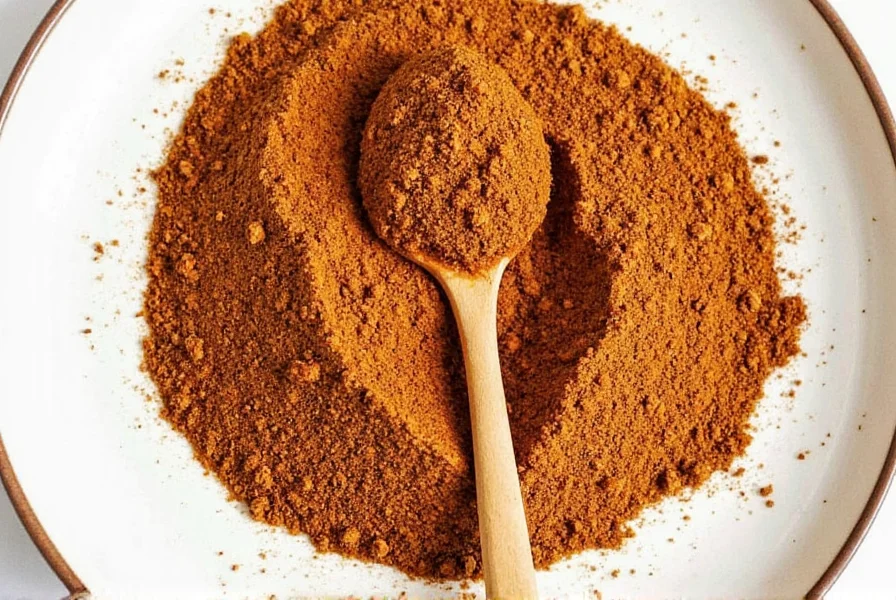 Let’s compare chermoula to some similar global favorites:
Let’s compare chermoula to some similar global favorites:
| Blend | Main Ingredients | Flavor Profile | Best Used On |
|---|---|---|---|
| Chermoula | Coriander, cumin, paprika, garlic, herbs, lemon, oil | Earthy, garlicky, herby, slightly spicy, tangy | Fish, lamb, veggies, grains |
| Chimichurri | Parsley, garlic, vinegar, oil, oregano | Herby, tangy, garlicky | Steak, grilled meats |
| Za’atar | Thyme, sumac, sesame seeds, salt | Tangy, herbal, nutty | Bread dips, roasted veg, meat rubs |
| Harissa | Chili peppers, garlic, caraway, cumin, olive oil | Spicy, smoky, rich | Stews, soups, tagines |
While they all bring serious flavor, chermoula stands out with its balanced mix of savory, citrusy, and herbaceous notes.
Final Thoughts: Why You Need Chermoula in Your Pantry
Alt text: Serving platter featuring grilled fish with chermoula, roasted veggies, and couscous
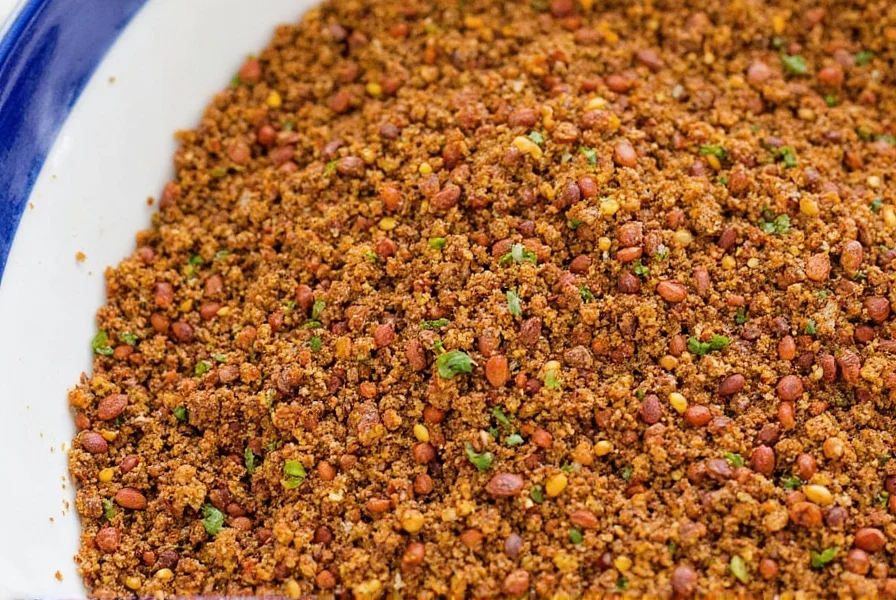 Chermoula isn’t just another spice blend—it’s a gateway to a world of bold, balanced flavor. Whether you make your own or buy a high-quality version, this North African gem deserves a permanent spot in your pantry.
Chermoula isn’t just another spice blend—it’s a gateway to a world of bold, balanced flavor. Whether you make your own or buy a high-quality version, this North African gem deserves a permanent spot in your pantry.
From quick weeknight meals to weekend dinner parties, chermoula turns ordinary dishes into extraordinary ones. It’s easy to use, flexible, and full of history. So go ahead—whip up a batch today and let the magic begin.

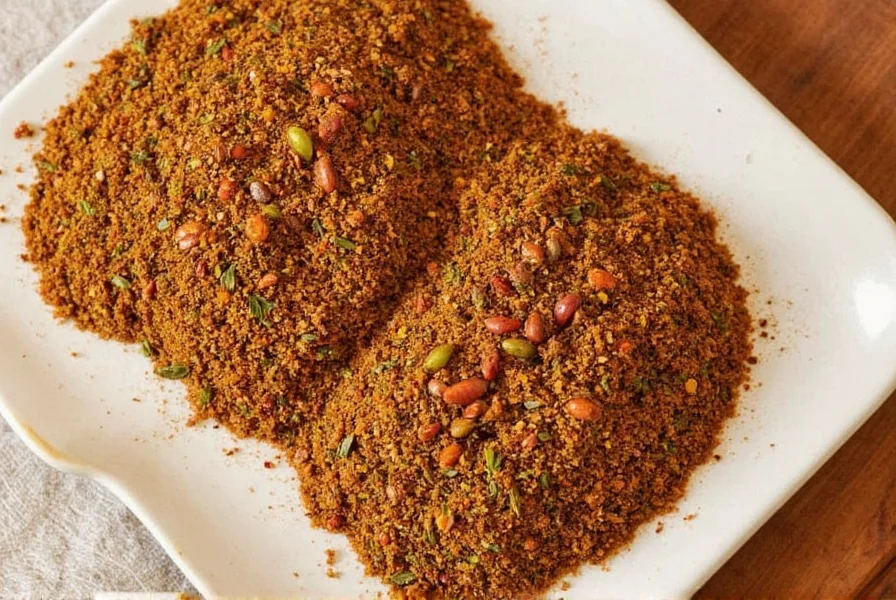









 浙公网安备
33010002000092号
浙公网安备
33010002000092号 浙B2-20120091-4
浙B2-20120091-4